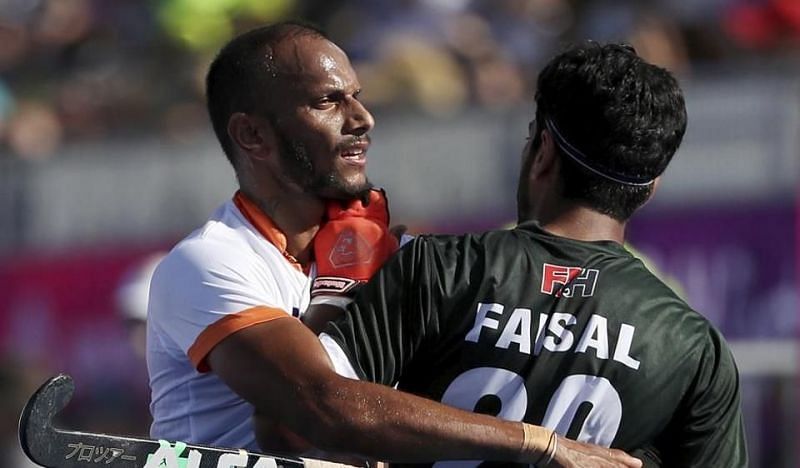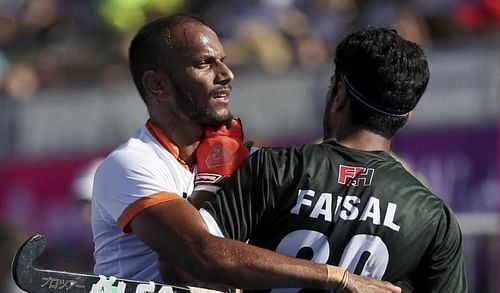
Commonwealth Games 2018: 3 things that went wrong for India against Pakistan

Emotions rule as players lose their cool
Quite often, big-ticket matches do not live up to the hype which is created prior the match and end up as damp squibs. It does not happen often that the actual event not only lives up the pre-match hype but exceeds the same by a fair margin.
Pakistan made their entry into the Commonwealth Games as a team written off by many, and not entirely without reason. They were demolished four times last year by pretty much the same Indian side which played in Gold Coast earlier today. The team did nothing substantial in the intervening period to prove to the outside world that they had made any significant progress since then.
The Pakistanis even had a pretty ordinary run-up to the CWG, losing to Japan and drawing with Oman in a preparatory tournament. A draw with Wales in their opening match of the CWG also did not help to alter their already bruised reputation.
How then did the same team match India in every department, look just as menacing in their attacks, and manage to defend their citadel against one of best forward lines in the world? If not for India's Great Wall, the ever-dependable Sreejesh, could the result have even been worse?.
The Roelant Oltmans factor may have played a part. The Indians, however, looked far from their best.
Not getting emotional and sticking to the plan was Sjoerd Marijne's message to the team, but the flurry of cards proved beyond doubt that the Indian players let their emotions get the better of them.
That apart, three significant reasons contributed to India not being able to gain full points today.
#1 Lack of intent in the second half
India started well, and in spite of looking a little patchy in parts which was understandable given that it was their first match, looked the better team. The attacks were strung together purposefully and with great cohesion. Pakistan goalkeeper, Imran Butt had little time to settle in before he was forced into action with his defenders looking hapless.
It was clear that the Indians were playing to a plan. The two-goal lead clearly changed things and when the team emerged from the long breather, the Indians looked to be a different unit.
India looked to hold on to the ball longer in midfield and control the tempo of the game. The motive seemed to be to lose slow the game down and thereby, force the Pakistanis into committing errors.
The strategy may have worked against any other team, but when India play Pakistan it is rather difficult to curtail the flow of the game. Pakistan continued to play an attacking game, looking for space on both flanks and advanced purposefully. The Indians, on the other hand, had shifted their emphasis to controlling the midfield and made occasional solo runs which lacked purpose with no support in the circle.
Had India continnued doing what they did so well in the first half, and pressed hard to increase their tally, the result may well have been different.